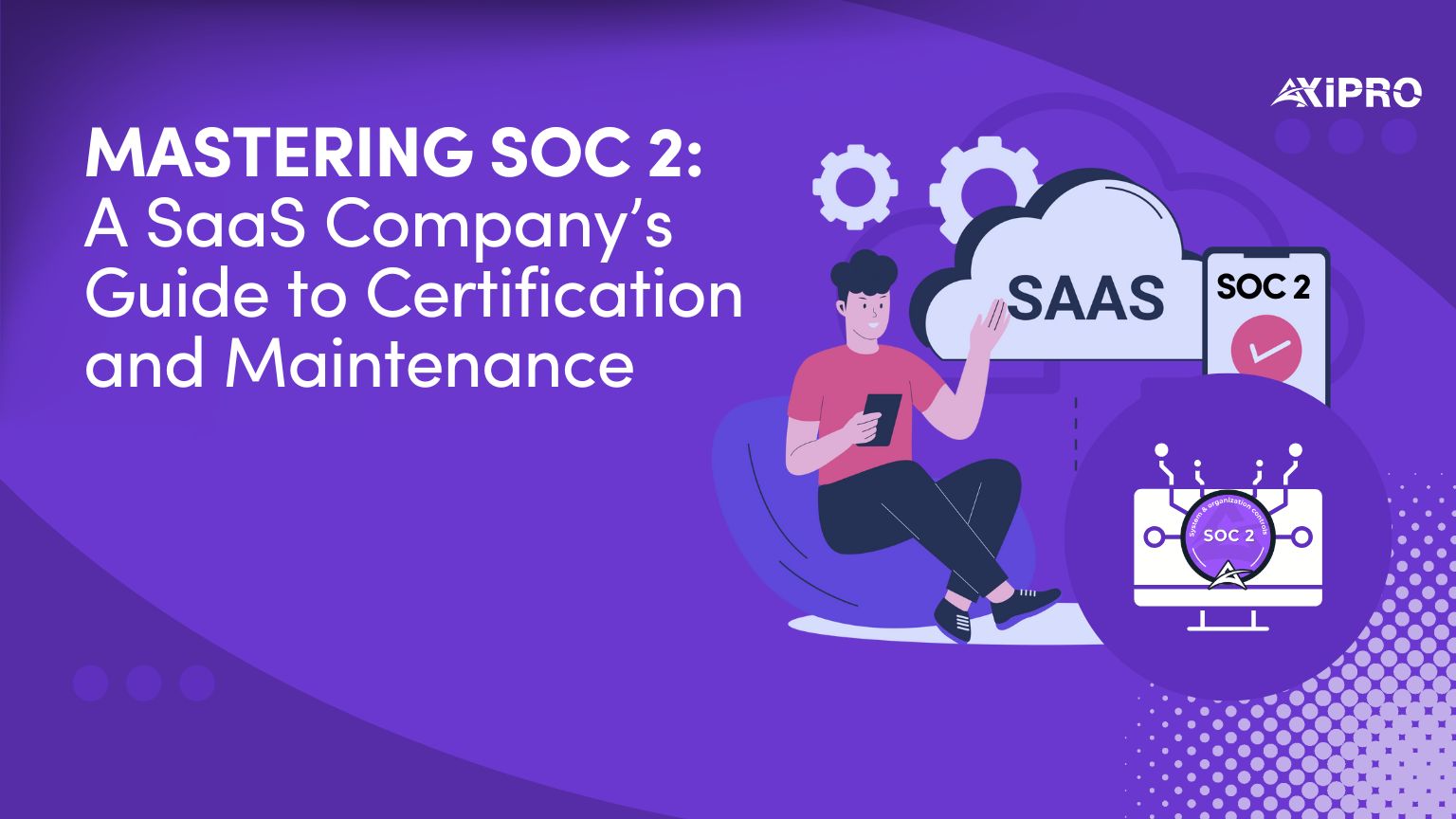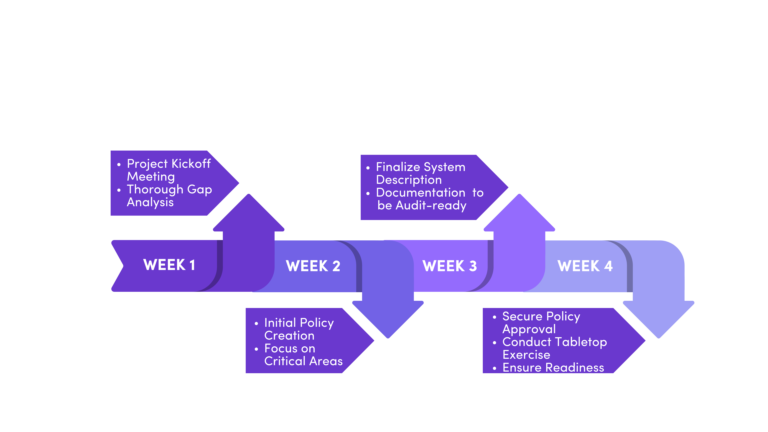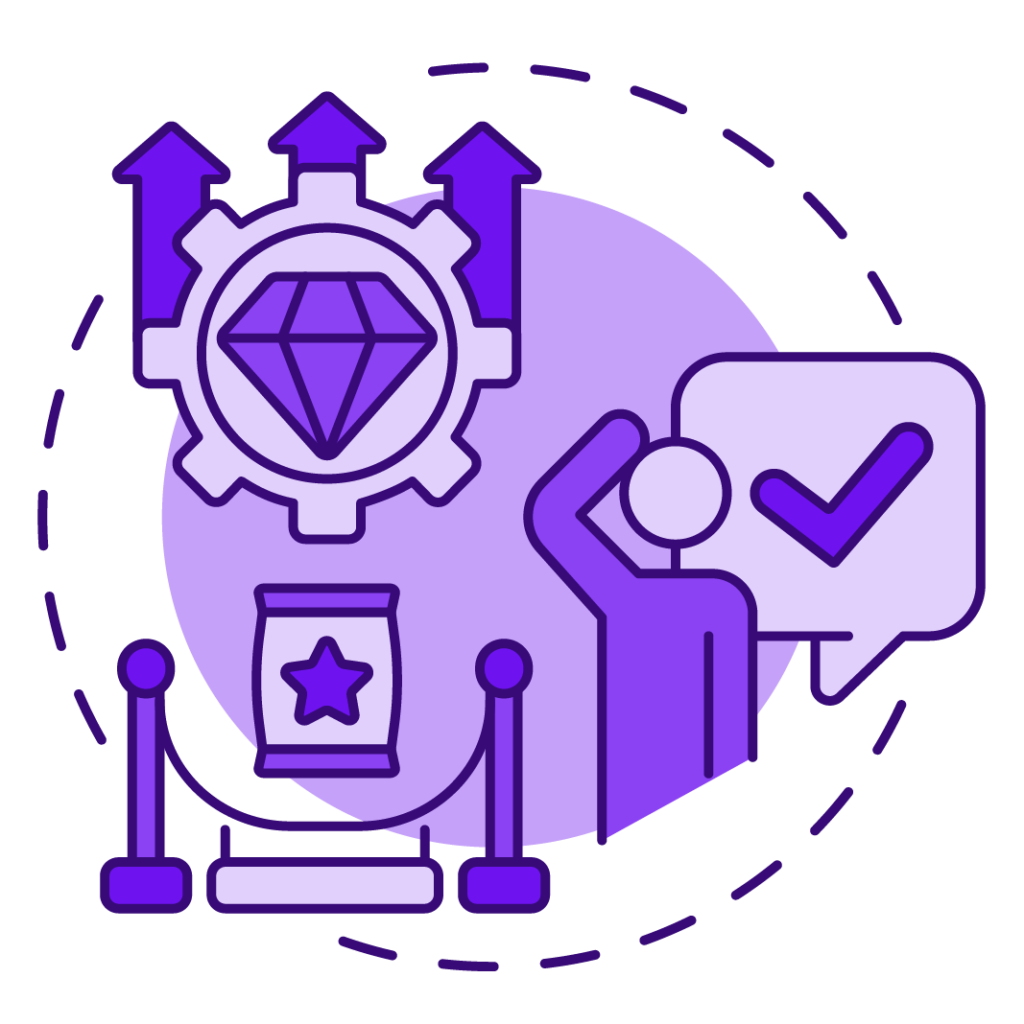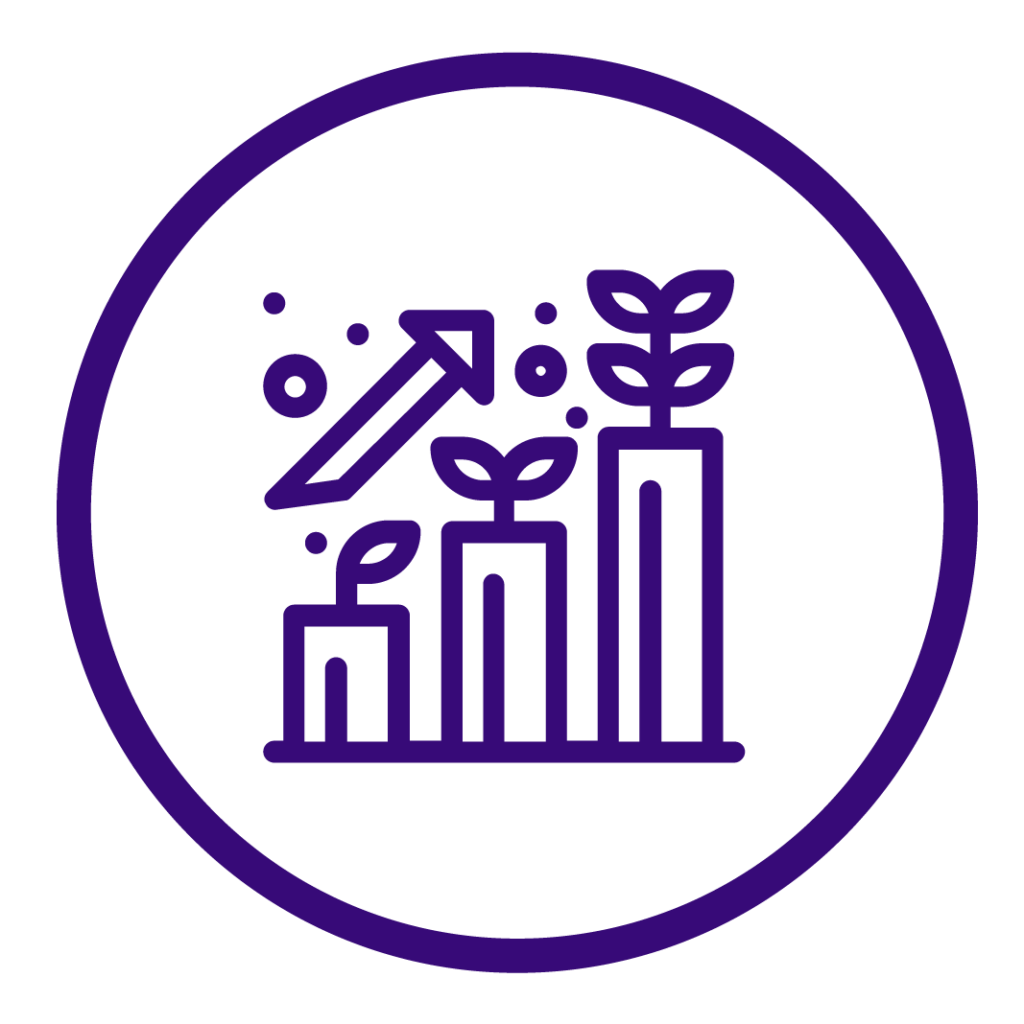
Share This Post
This means securing customer data to continue building trust for their business and gaining new businesses as a SaaS firm. SOC 2 compliance is the new gold standard for data security, proving your organization cares for sensitive information.
Indeed, this takes full preparation, accurate documentation, and continuous effort to be able to achieve certification and stay in compliance. It can be quite overwhelming for first-timers, but with the right guidance, it is manageable and worth it for your business.
Compliance in SOC 2 is not just about passing an audit; it’s about embedding a culture of security in your organization. In this blog, we’ll explore actionable tips to help SaaS companies achieve and sustain SOC 2 certification.
Also, learn how to prepare well, avoid common pitfalls, and use compliance as a competitive advantage.
Outline
- What Is SOC 2 Compliance?
- Properly Implementing SOC 2 Controls
- Passing The SOC 2 Audit
- Maintaining Compliance in SOC 2
- Advantages of Compliance in SOC 2 for SaaS Companies
- Final Thoughts
- FAQs
Chapter 1: What Is SOC 2 Compliance?
Let’s start from the basics.
SOC 2, which is short for Service Organization Controls, is a framework developed by the AICPA. It evaluates how organizations manage customer data based on five trust service criteria, these are:
- Security
- Availability
- Processing Integrity
- Confidentiality
- Privacy
Compliance means showing that your systems, policies, and processes are up to the standard required for protecting data. For SaaS companies, Compliance in SOC 2 ensures customers that their sensitive information is in safe hands.
Chapter 2: Why Do SaaS Companies Need It?
SaaS businesses operate in a highly competitive landscape where trust is one of the significant differentiators. Achieving SOC 2 certification satisfies customer demands and assures them of your commitment to data security. This certification enhances your reputation, providing a competitive edge and instilling confidence in potential clients.
Furthermore, SOC type 2 compliance simplifies internal operations through the introduction of structured policies and standardized processes. This also reduces risks related to data breaches, operational failures, and non-compliance. Improvements in operational efficiency are also observed among SaaS companies that are SOC 2 compliant. The strong controls help mitigate vulnerabilities and increase system reliability.
Beyond operational benefits, SOC 2 provides an opportunity for enterprise clients who require very high standards of compliance from their vendors. It also gives evidence of the ability to deal with sensitive data responsibly and, thereby, increases your chances of closing high-value deals.
Chapter 3: Preparing Your SaaS Company for Compliance in SOC 2
Perform A Readiness Assessment
Before starting with the compliance process, assess readiness. This will point out the gaps in the controls, policies, and systems that exist. So, get an experienced auditor or consultant to evaluate your current state and recommend improvements that need to be made.
Define Clear Ownership
SOC 2 compliance is a team effort, but assigning ownership ensures accountability. Designate a compliance leader to coordinate activities, manage timelines, and communicate progress. This role is important for keeping everyone on the same page and making sure no detail is overlooked.
Define The Scope
Outline clearly the scope of your SOC 2 audit. Concentrate on critical systems and processes that impact customer data security. Thus, a well-defined scope will help in prioritizing efforts and avoiding unnecessary complexities.
Chapter 4: Properly Implementing SOC 2 Controls
Develop Detailed Policies
Create and implement policies related to data security, access management, incident response, and risk assessment. Hence, these policies should be in line with the SOC 2 trust service criteria.
Use Automation Tools
Automation tools make compliance tasks easier, reduce manual effort, and increase accuracy. Some of the tools include monitoring, logging, and reporting security incidents. Some of the popular solutions are Vanta, Drata, and Secureframe.
Train Your Team
The success of compliance depends on a security-first culture. Regularly train employees on best practices, policy compliance, and their role in the protection of information.
Chapter 5: Passing The SOC 2 Audit
- Select The Appropriate Auditor: Select a seasoned and reputable SOC 2 auditor. Ensure that they understand your industry and SaaS business operations. Here, Axipro can help your company.
- Prepare Extensive Documentation: Auditors require extensive documentation of your policies, controls, and processes. Additionally, maintain up-to-date records to simplify this step.
- Internal Testing: Before the actual audit, conduct internal tests to test the effectiveness of controls. Proactively identify as well as fix any issues to ensure a smooth audit process.
Chapter 6: Maintaining Compliance in SOC 2
- Regular Monitoring: SOC 2 compliance isn’t a once-and-done event. Continuous monitoring of systems for identified vulnerabilities and ensuring controls remain effective over time.
- Policies Update at Regular Intervals: Things change in business operations, likewise do compliance needs. Review as well as update policies to comply with shifts in regulations and organizational needs.
- Training Sessions at Pre-Defined Time Intervals: Continuous training of your employees ensures your team never gets outdated regarding changing updates on compliance changes, security threats, and best practices.
Chapter 7: Advantages of Compliance in SOC 2 for SaaS Companies
Customer Confidence
Compliance in SOC 2 offers clients assurance that your company takes data security very seriously and hence creates an impression of trust and credibility.
Competitive Edge
Compliance sets your SaaS company ahead in the market, making enterprise customers look forward to a potential revenue generation for you.
Operational Efficiency
Efficient processes with good controls result in efficiency and fewer risks for your bottom line.
Final Thoughts
Compliance in SOC 2 will be a strategic investment to build trust, win enterprise deals, and add security to your data. Here are the tips to make you confident about achieving and sustaining certification. Remember, it is not a destination, but an ongoing journey in compliance, monitoring, and updating, as well as your team training, in order to get ahead of evolving threats.
FAQs
Why is SOC 2 compliance important to SaaS companies?
Compliance in SOC 2 ensures that SaaS companies are strictly adhering to data security standards, hence building trust with customers while minimizing risks.
How long does it take to achieve compliance in SOC 2?
Achieving SOC 2 compliance depends upon the size and readiness of the company but generally runs from 3 to 12 months.
What are the primary trust service criteria for compliance in SOC 2?
The primary criteria for trust service under the focus of SOC 2 are Security, Availability, Processing Integrity, Confidentiality, and Privacy.
Are automation tools a must-have for SOC type 2 compliance?
Not necessarily, but automation tools help manage compliance in an easier way, efficiency, and accuracy of controls.
After achieving certification, what should be followed?
Proper monitoring, policy updates, and employee training are the things that a SaaS company should follow to sustain its compliance.



